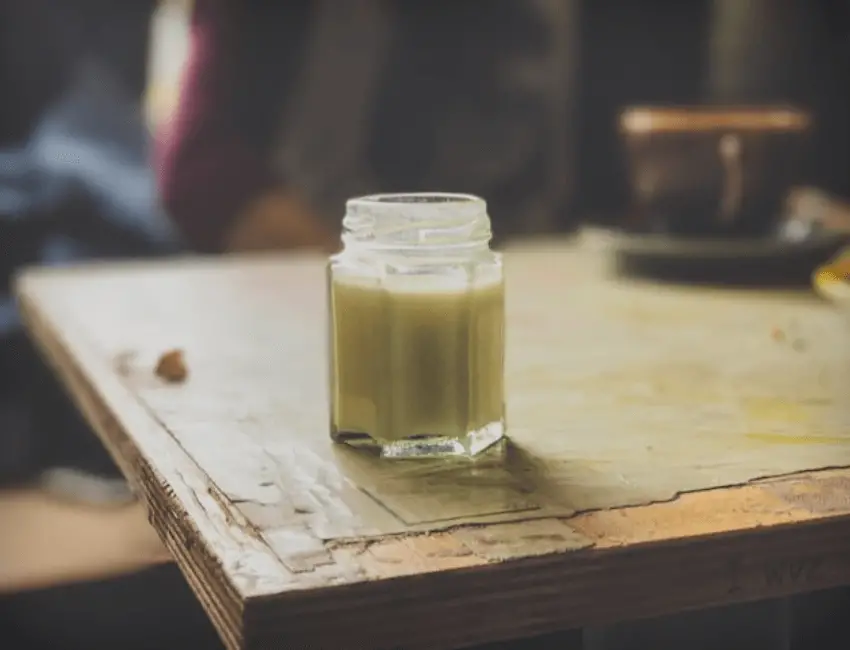Lactose is a type of sugar found in milk and other dairy products. People who are lactose intolerant have difficulty digesting lactose because their bodies do not produce enough lactase that is needed to break it down. Lactase is an enzyme that is naturally produced in the small intestine of mammals, including humans.
Considering that lactose intolerance can result in undesirable symptoms such as bloating, gas, and diarrhea, it is important for people to know whether certain products, like buttermilk, contain lactose. This article will inform you if buttermilk has lactose and if it contains an amount that will cause lactose intolerance symptoms in many people.
Is There Lactose In Buttermilk?
Buttermilk contains lactose from the milk that is used to make it. It is made by adding starter cultures to milk (typically skim). These cultures start the fermentation process which transforms some of the lactose in the milk into lactic acid giving it is signature tangy and sour taste. The ending texture is much thicker than traditional milk.
There are other ways buttermilk is made including the old-fashioned way as a byproduct of the butter making process. However, cultured buttermilk is what most readers buy at grocery stores in North America since it is what is largely available.
How Much Lactose In Buttermilk?
According to the University of Virginia Health Systems, one cup of buttermilk contains approximately 9-12 grams of lactose. As a comparison, 2% milk contains about 12-13 grams of lactose in one cup.
Research has revealed that people with lactose intolerance can commonly handle up to 12 grams of lactose at a given time. Furthermore, they can also typically tolerate up to 18 grams of lactose across the entire day.
Cultured buttermilk is not typically consumed straight in a single cup serving due to its unappealing taste to most people. Instead, it is commonly used as an ingredient in recipes that require smaller amounts or where you don’t consume a lot of it in the meal. Therefore, most people do not consume enough buttermilk for it to bring on lactose intolerance symptoms in most people, assuming no other dairy is consumed.
Even if you happen to consume around a cup of buttermilk in a sitting, it is still unlikely that you will experience symptoms of lactose intolerance due to the relatively low lactose content in buttermilk.
If you are extremely sensitive to lactose, you may wish to proceed slowly with the amount you consume. Only you will be able to judge how your body handles lactose.
Lactose-Free Buttermilk
We are unaware of any company that makes a buttermilk that is specifically lactose-free. While commercial options might not be available, you certainly can make your own version of it at home.
You just need to purchase a lactose-free milk such as Horizon Organic Lactose-Free Milk or Lactaid Milk. There are even store brands available at places like Walmart and Kroger.
Simply pour one cup of the lactose-free milk and add one tablespoon of lemon juice or 1 1/2 teaspoons of cream of tartar into the milk. Give it a stir and let the mixture sit for 5 minutes.
After 5 minutes, you can then use the mixture as a buttermilk substitute. It won’t have the thickness of store-bought buttermilk but it works as a suitable replacement for buttermilk with lactose.
You can also make lactose-free buttermilk using lactose-free sour cream. Two popular lactose-free sour cream brands are Lactaid and Green Valley Creamery. Sour cream already has a tangy flavor from being fermented so the addition of an acid is not required.
Rather, you just need to thin the sour cream to achieve a texture similar to buttermilk. To thin the sour cream, you can use water or a lactose-free milk. Combine 3/4 cup lactose-free sour cream with 1/4 cup water or lactose-free milk. Stir the mixture and use it as a buttermilk substitute.

